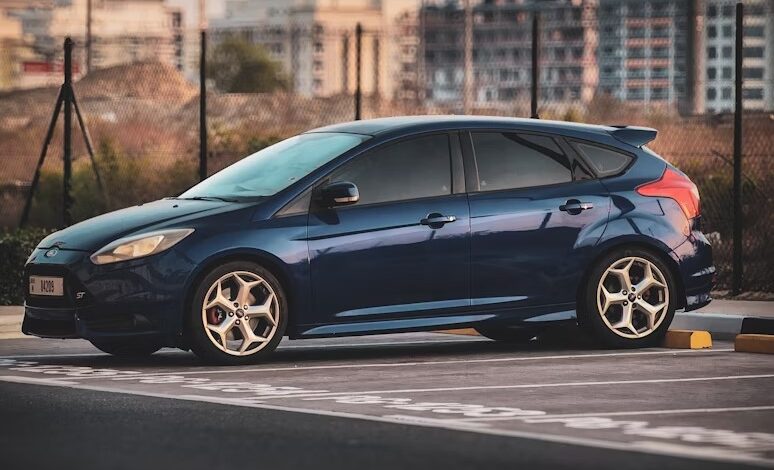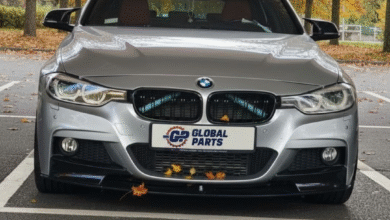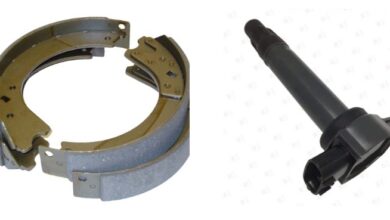Cost of Owning a Car: What’s Rising in Price the Fastest?

Car ownership has become increasingly expensive, with various costs climbing at different rates across 2024 and 2025. The most significant increases have occurred in insurance premiums, which surged by an average of 15% nationwide in 2024, following a 16.5% increase the previous year. This dramatic rise has pushed the average annual cost of full coverage to $2,435, representing the fastest-growing expense category for vehicle owners.
The Technology Factor
The insurance crisis stems from multiple converging factors that have created a perfect storm for premium increases. Rising vehicle repair costs, linked to sophisticated technology in modern cars, have driven claims expenses higher.
Even minor incidents involving a front FORD FOCUS bumper or similar components can result in unexpectedly high repair bills due to integrated technology systems.
On top of that, extreme weather events, increased vehicle theft rates, and higher accident fatality rates have all contributed to insurers’ mounting losses, forcing them to recalibrate their pricing models across the board.
One of the more common issues
According to AUTODOC experts, “Ford Kuga clutch problems, such as a burning clutch, are one of the most common issues.” This exemplifies how specific vehicle models face unique maintenance challenges that compound ownership costs.
The trend towards more complex automotive systems means that even routine repairs now require specialized diagnostic equipment and training, pushing labour rates up by 4.9% year-over-year.
Electric and hybrid vehicles present additional challenges, with EV repairs costing 46.9% more than conventional vehicles due to specialized components and limited technician availability.
Rising Repair and Parts Costs
Automotive repair expenses have increased nearly 25% since early 2022, driven by both parts inflation and labour shortages. The industry faces a critical shortage of qualified technicians, with projections indicating a 642,000-worker deficit by 2024.
This scarcity has created upward pressure on labour rates while simultaneously extending repair times. Modern vehicles require increasingly sophisticated diagnostic procedures, and even seemingly simple repairs can become complex when involving integrated electronic systems.
Parts prices have experienced significant volatility, with aftermarket components seeing substantial increases due to supply chain disruptions and material costs. The complexity of modern vehicles means that replacement parts often incorporate advanced technology, making them more expensive to manufacture and source.
Environmental Regulations and Emissions Equipment
Emissions control systems represent another area of increasing expense for vehicle owners. Modern catalytic converters, particularly those meeting Euro 4 and Euro 5 standards, incorporate precious metals that make them expensive to replace.
The evolution of emissions standards has required increasingly sophisticated exhaust after-treatment systems, creating higher replacement costs when these components fail.
| VW Polo Model Generation | Catalytic Converter Type | Estimated CO Emissions (g/km) | NOx Emissions (g/km) |
| Polo III (6N1) 1994-1999 | Single Cat Euro 2 | 4.2 | 0.8 |
| Polo III (6N2) 1999-2001 | Enhanced Cat Euro 3 | 2.8 | 0.15 |
| Polo IV (9N) 2001-2009 | Dual Cat Euro 4 | 1.8 | 0.08 |
| Polo V (6R) 2009-2017 | Advanced Euro 5 System | 1.2 | 0.06 |
Unforeseen Expenses and Hidden Costs
Beyond routine maintenance, vehicle owners increasingly face substantial unforeseen expenses that can strain budgets. Replacing a rear bumper on a Ford Kuga in 2024 costs an average of €670, illustrating how seemingly minor damage can result in significant repair bills. These unexpected costs often arise from the integration of sensors, cameras, and other electronic components into body panels that were once purely cosmetic elements.
Vehicle owners now spend substantial amounts annually on hidden car ownership costs beyond loan payments, representing a significant increase from previous years. Emergency repairs, particularly those involving safety systems or emissions equipment, can easily exceed £1,000. Many drivers lack adequate emergency savings to cover such expenses, leaving them vulnerable to financial stress when major repairs become necessary.
Sources
-
- Bankrate. “The Average Cost Of Car Maintenance In 2025.” March 2025.
- Insurify. “Insurify Projects Car Insurance Costs Will Increase Another 5% in 2025.” January 2025.
- Consumer Reports. “Car Brands Ranked by Maintenance and Repair Costs Over Time.” 2024.
- CCC Intelligent Solutions. “Q3 2024 Crash Course Report.” October 2024.
- AAA. “Your Driving Costs – 2024.” American Automobile Association.
- ConsumerAffairs. “Car Repair Statistics 2025.” July 2024.


